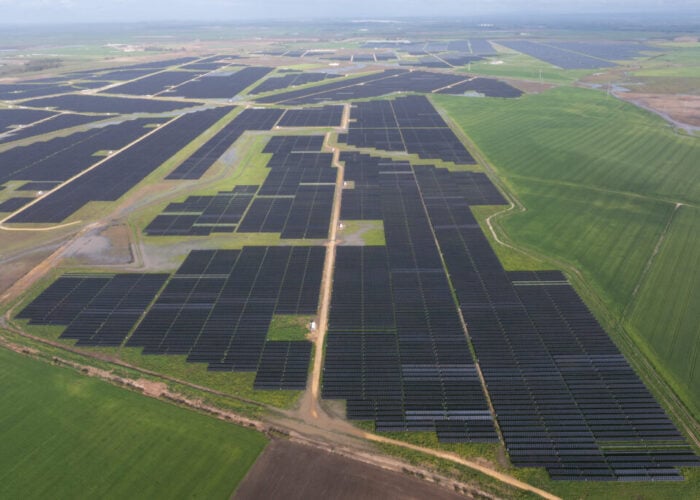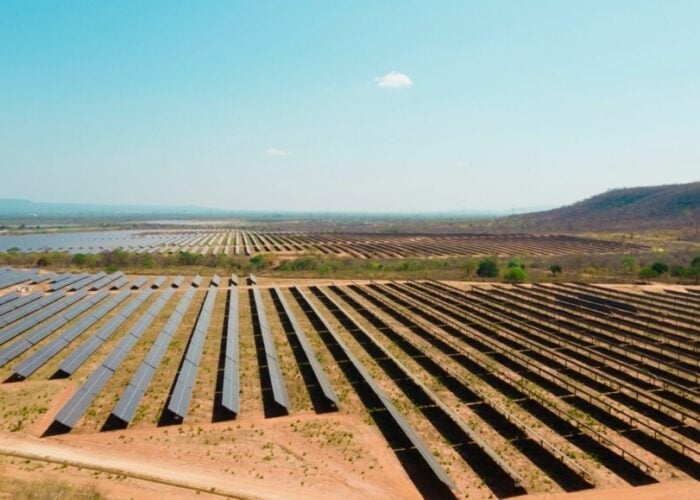The deployment of small and utility-scale solar projects in urban and suburban parts of California could meet the state’s energy demand five times over, a new report compiled by the Carnegie Institution for Science has claimed.
The study, published in the Nature Climate Change journal, concludes that the state has the potential to be generating between 11 and 15,000TWh of electricity per year from solar PV technology, and an additional 6,000TWh per year from concentrated solar power technologies built on or around existing infrastructure in the state.
Try Premium for just $1
- Full premium access for the first month at only $1
- Converts to an annual rate after 30 days unless cancelled
- Cancel anytime during the trial period
Premium Benefits
- Expert industry analysis and interviews
- Digital access to PV Tech Power journal
- Exclusive event discounts
Or get the full Premium subscription right away
Or continue reading this article for free
“Integrating solar facilities into the urban and suburban environment causes the least amount of land-cover change and the lowest environmental impact,” said Rebecca Hernandez, one of the report's authors.
An energy production of that scale would exceed the state’s current total energy demand and meet it five times over.
Most of the development would be of small and utility-scale PV projects, the majority of which the report states could be fitted on undeveloped brownfield land and resident and commercial rooftops.
The report claims there to be 6.7 million acres of space within California that would be compatible with hosting a solar PV array and a further 13.8 million acres of space – including both undeveloped land as well as residential and commercial rooftops – capable of hosting solar PV projects with minimal environmental impact.
“Solar energy within the built environment may be an overlooked opportunity for meeting sustainable energy needs in places with land and environmental constraints,” the report stated.
Chris Field, another co-author of the study and director at Carnegie’s Department of Global Ecology, said he hoped the report would be used to help policymakers, developers and stakeholders “make informed decisions” regarding California’s environmental resources and infrastructural constraints.
The state is currently working towards targets of deriving a third of its retail electricity from renewables sources by 2020 and cutting carbon emissions by 80% of 1990 levels by 2050.






